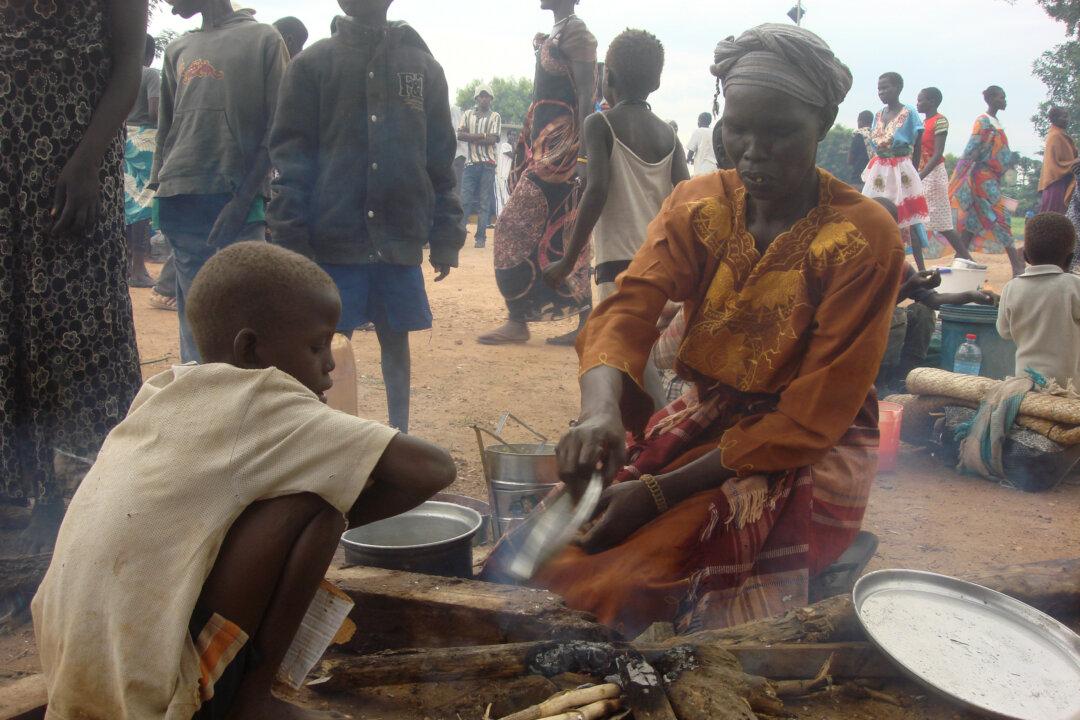Gang violence, fueled by the drug traffic in Latin America, Central America, and the Caribbean, is having a serious effect on people’s lives and threatens to alter the social fabric of the countries in the region. Central American gangs, also called maras, named after the voracious ants known as marabuntas, are involved in a wide range of criminal activities, such as arms and drug trafficking, kidnapping, human trafficking, human smuggling, and illegal immigration.
One of the best-known Central American gangs, Mara Salvatrucha, or MS-13, has an estimated 70,000 members who are active in urban and suburban areas. It originated in Los Angeles in the 1960s, and then spread to other parts of the United States, Canada, Mexico, and Central America. The gang’s activities have caught the attention of the FBI and the U.S. Immigration and Customs Enforcement, which have conducted raids and arrested hundreds of gang members. The FBI called MS-13 “America’s most violent gang.”
MS-13 has been particularly active in Los Angeles County, the San Francisco Bay Area, Washington, D.C., Long Island, New York City, and the Boston area. Their code of conduct includes fierce revenge and cruel retribution. Members of this gang were originally recruited by the Sinaloa in their battle against the Los Zetas Mexican cartels in their ongoing drug war south of the U.S. border.
Many gang members living in the U.S. have been deported back to El Salvador, Honduras, and Guatemala, adding to the already serious social problems in those countries. They brought with them crack cocaine and predictably, drug-related crimes were soon on a steep increase. Those gang members deported from the United States enlarged the local groups and found easy recruits among the local disenfranchised youth. Today, most of the members are in their 20s, while their leaders are in the late 30s and 40s.
The gangs’ battles with the police for control of working-class neighborhoods were met in each case with strong-arm tactics by the police. They also proved unproductive, since they unleashed more random violence and terror. As a result of each government’s efforts to eliminate them, many gang members returned to the United States, where they continued their involvement in criminal activities. Today, the gangs have expanded into southern Mexico, Colombia, and Brazil, which has generated calls for a more organized effort to combat them.
Because of the great loss of lives the gangs cause, the Pan American Health Organization and also the World Assembly of the World Health Organization have defined violence as a “public health problem.” They proposed an epidemiological approach to address it that consists of a) definition of the problem and gathering of information, b) identifying causes and risk factors, c) development and trial of specific interventions, and d) evaluation of policies’ effectiveness.
In the past, this approach was used successfully in Colombia, in the 1990s. An agreement was signed between government officials and the leaders of gangs that had been operating in the city of Cali. As a result, the gangs’ leaders stopped their criminal activities and the government officials made a commitment to provide loans and technical training to gang members.
A similar approach is now being used in El Salvador, where the government is trying to curb gang activity through an ambitious jobs program complemented by other social measures, such as training and provision of jobs. Such an approach could be followed by the other countries in the region.
Successful approaches suggest that controlling gang violence demands long-term action, even when it might not show immediate results. Another is that prevention activities must be targeted at the youngest sectors of the population, particularly those suffering from abusive conditions at home and who, because of poverty and no formal education, lack the conditions for fulfilling their basic needs.
Among those actions is providing job training and psychological assistance, as well as job opportunities and loans to those youngsters. The use of a multifaceted approach may be the best guarantor against the social scourge of gang violence in the Central American region.
César Chelala, M.D., Ph.D., is a global public health consultant for several U.N. and other international agencies. He has carried out health-related missions in 50 countries worldwide. He lives in New York and writes extensively on human rights and foreign policy issues, and is the recipient of awards from Overseas Press Club of America, ADEPA, and Chaski, and recently received the Cedar of Lebanon Gold Medal. He is also the author of several books and U.N. official publications on health issues, including “Violence in the Americas: The Social Pandemic of the 20th Century.”




